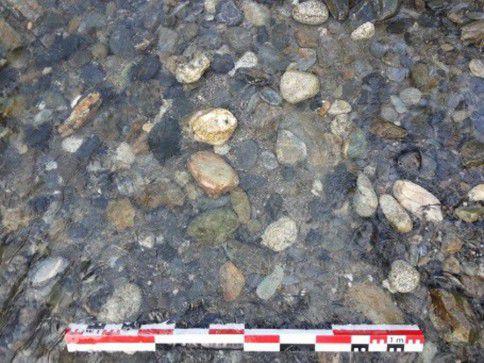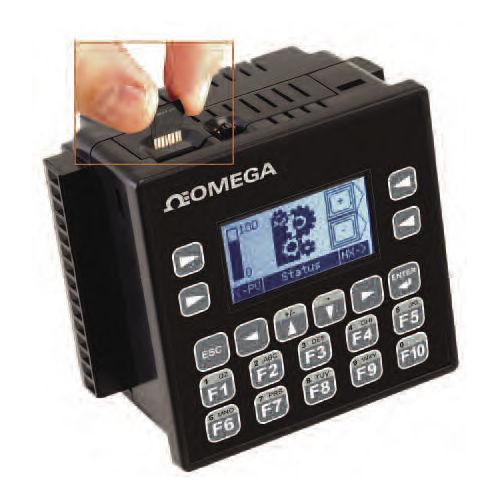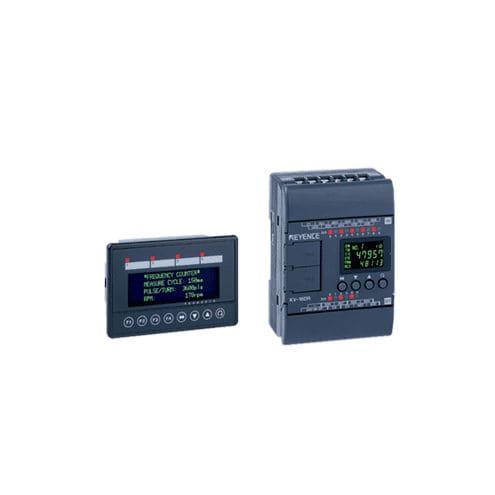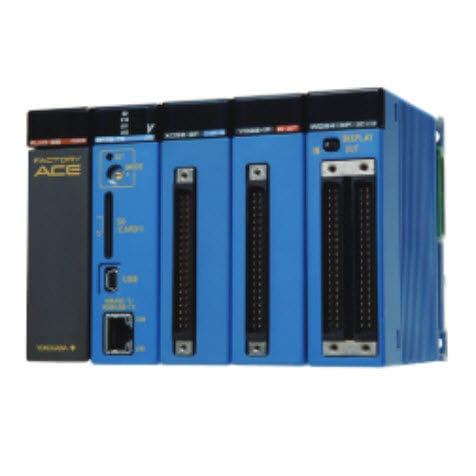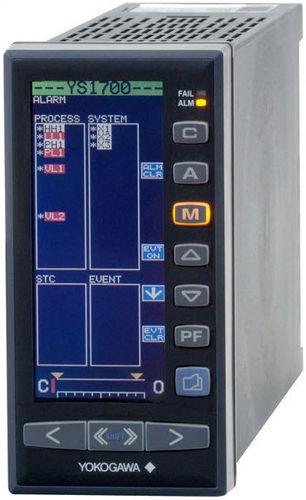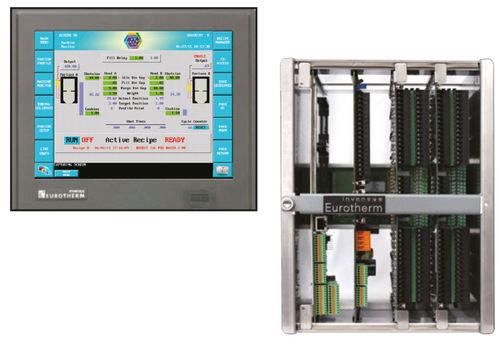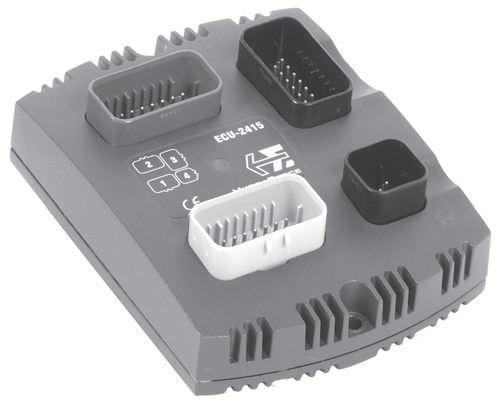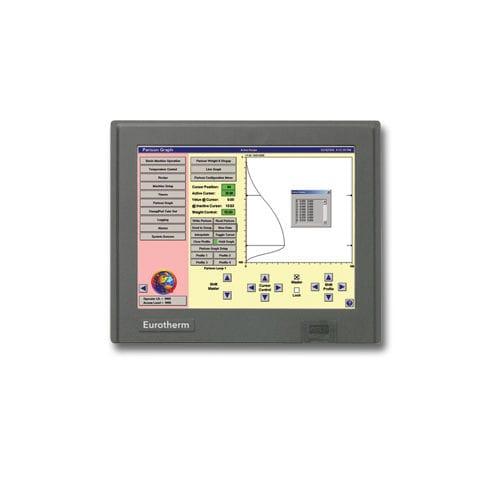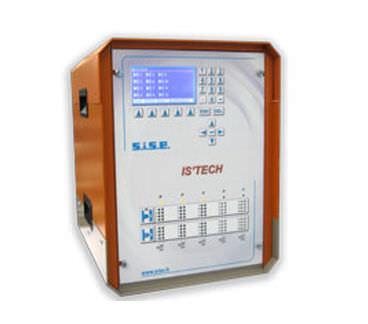RFID (Radio Frequency Identification) or Pit –Tag for hydromorpholoy
The implementation of RFID technology is a method for marking and recovering data using markers known as transponders or radio tags, most commonly known as RFID tags.
These are tiny components that can be attached to a variety of objects or products, such as clothing, packages, or vehicles. They can even be implanted in living beings. They contain an antenna along with an electronic microchip, which responds to radiotransmitted requests sent by a transceiver, transmitting a code associated with a database.
Hydrogeosphere uses this technique to mark stones and blocks in sediments of waterways in order to monitor them and gain a better understanding of their speed, trajectory, and displacement.
With this technology, it is possible to understand and analyze complex phenomena involving the transport of solids at the bottom of waterways.
Speed of sediment reload and filling, based on grain size
Movements and morphological transformations of waterways
Understanding of the efficiency of sediment transit in dams




 RFID system
RFID system